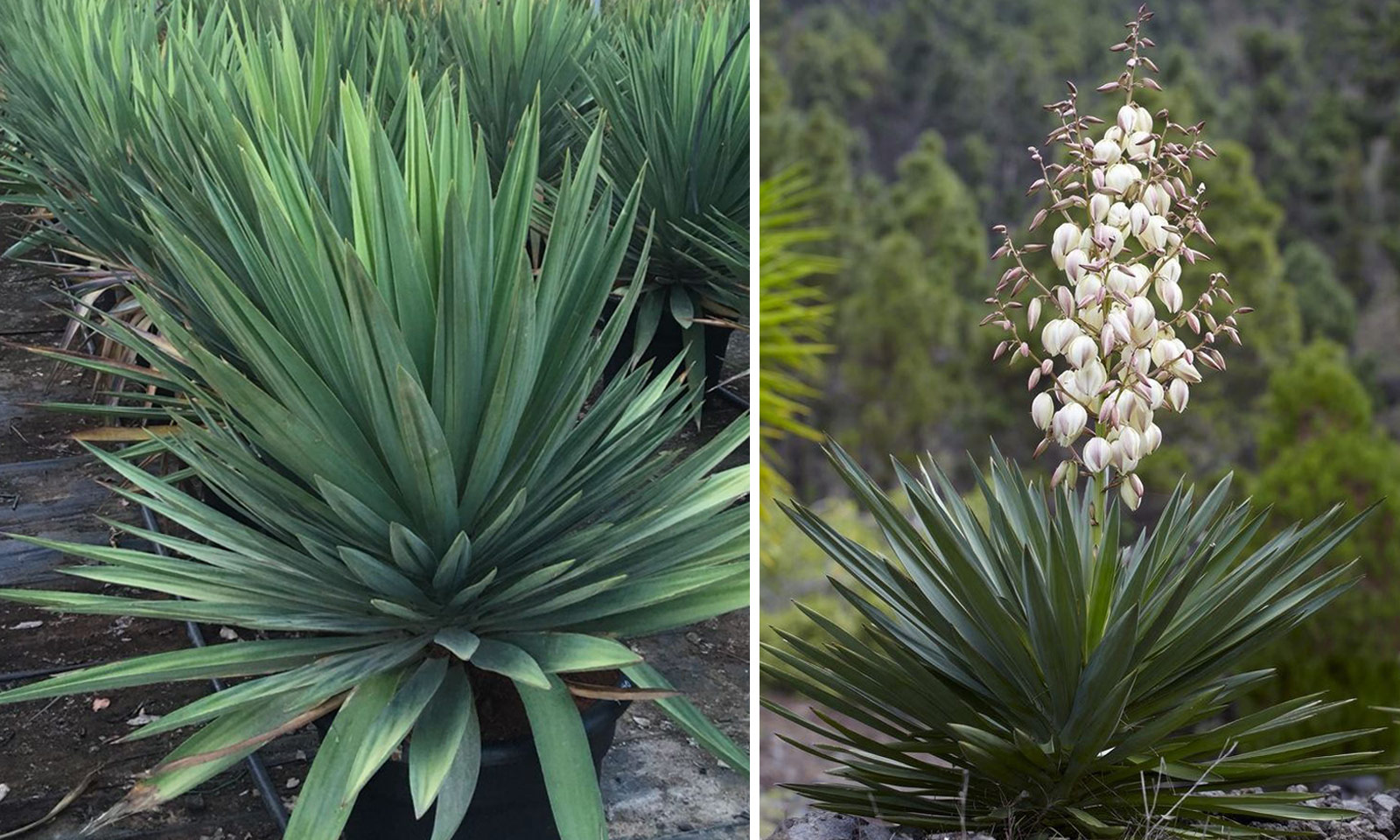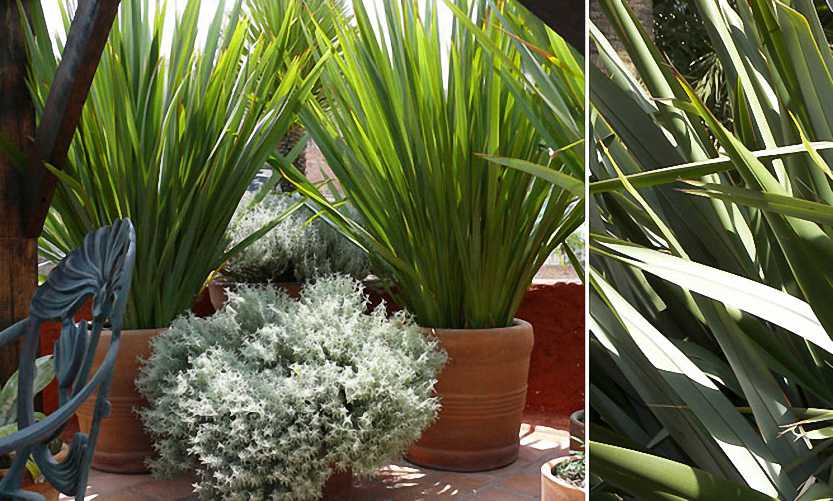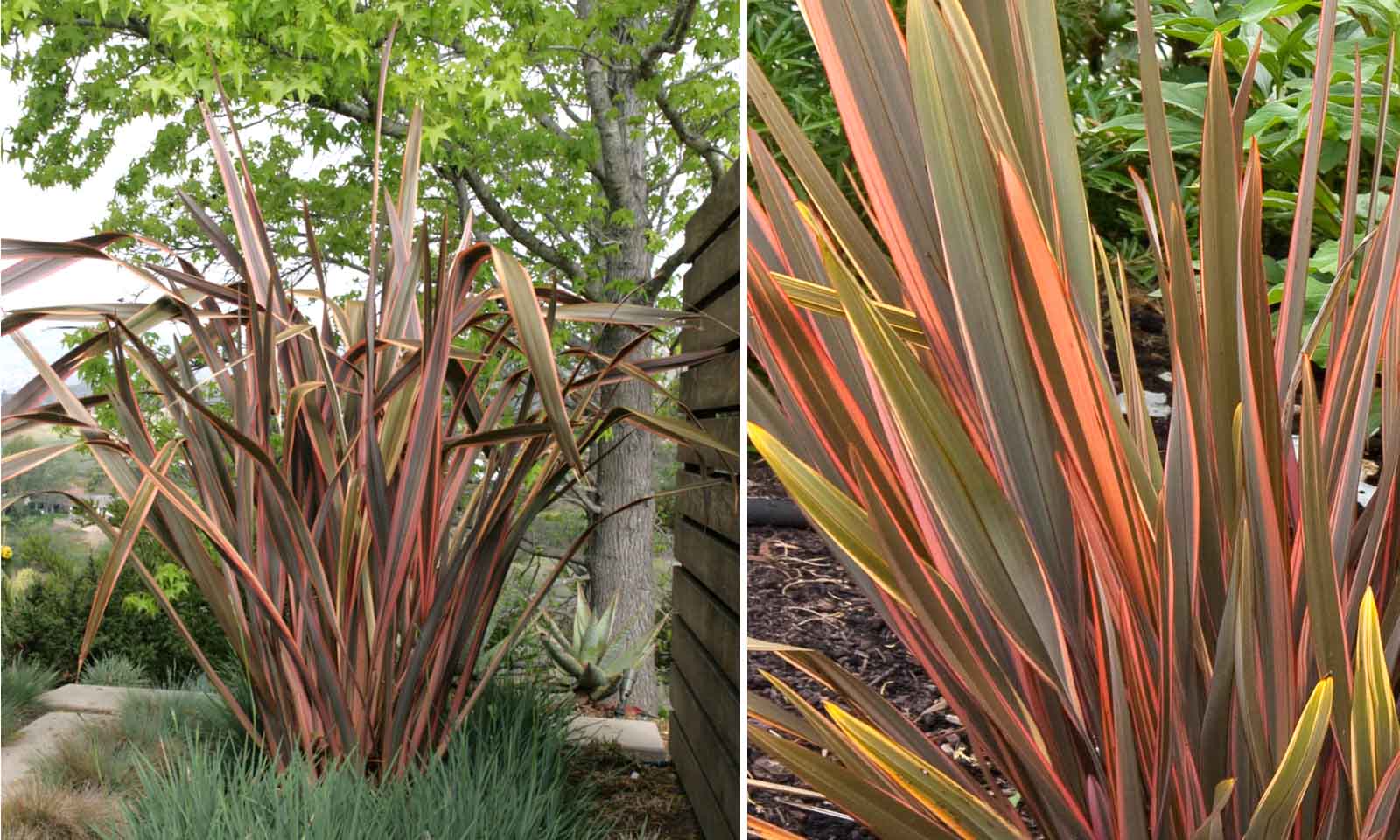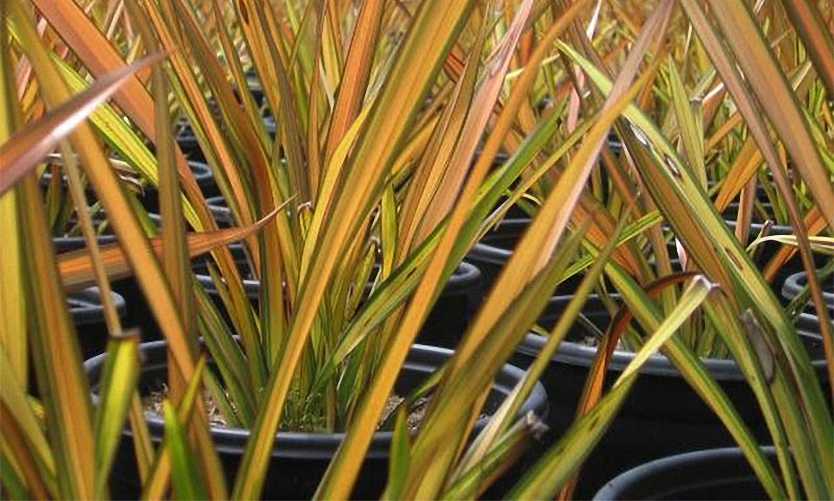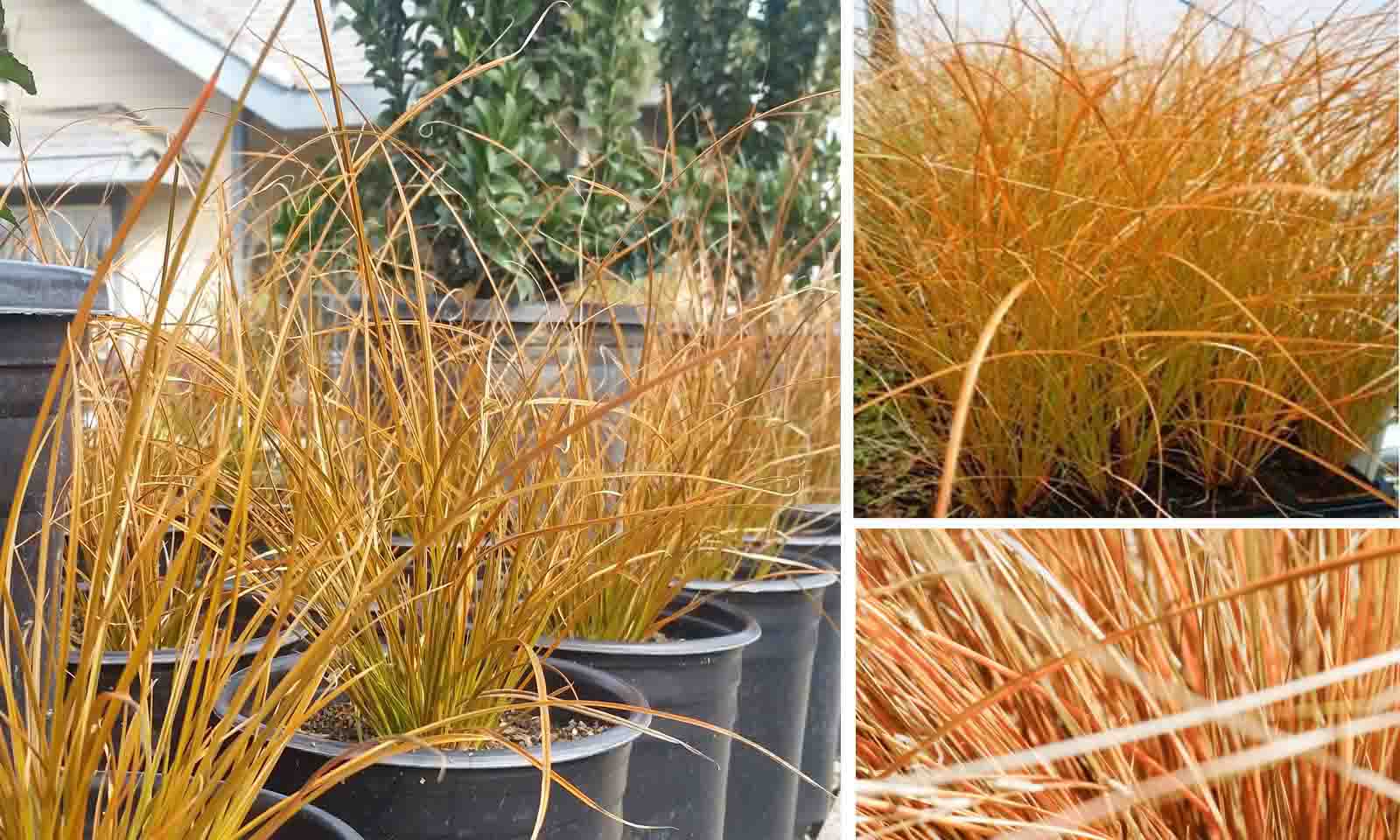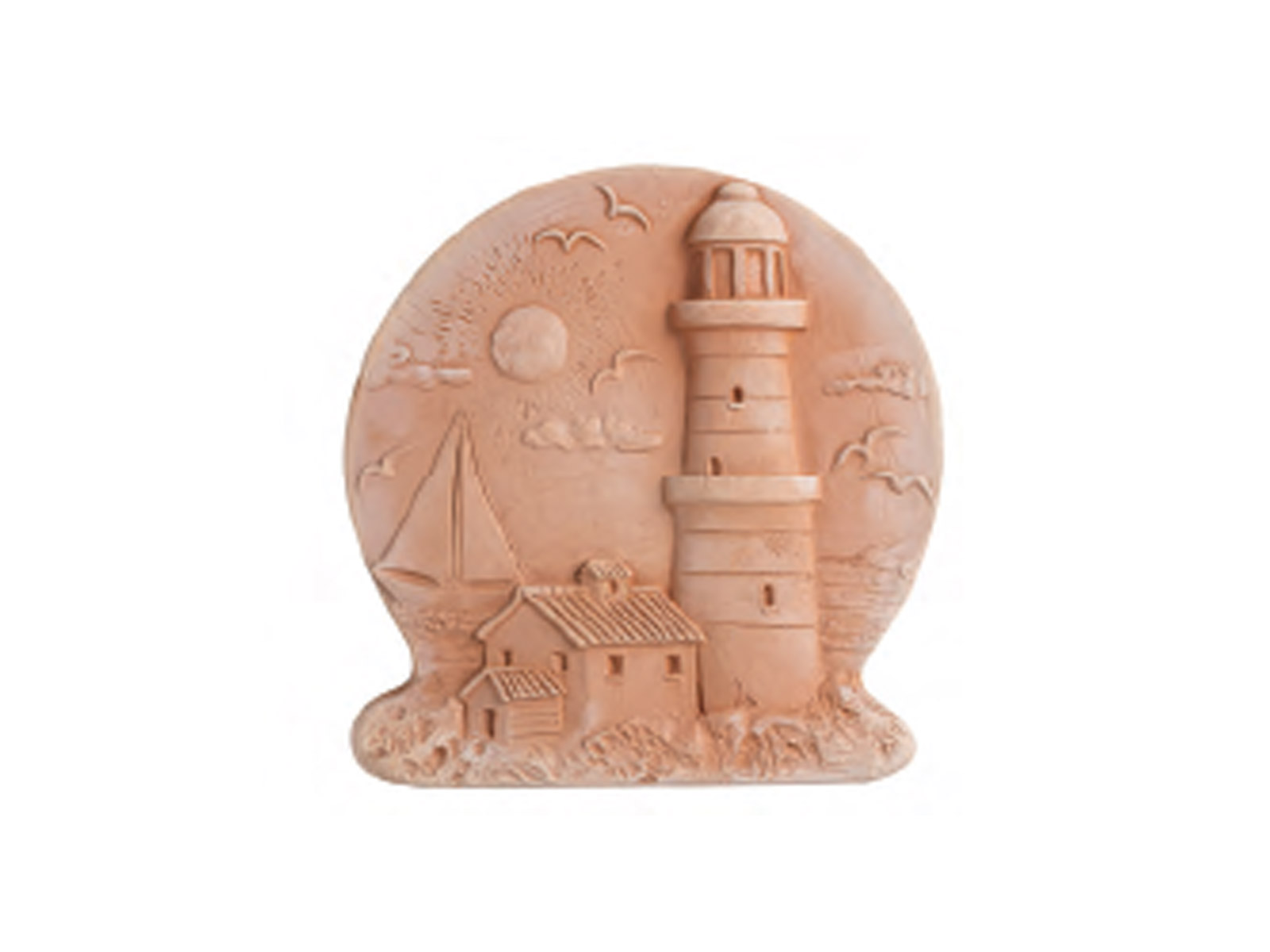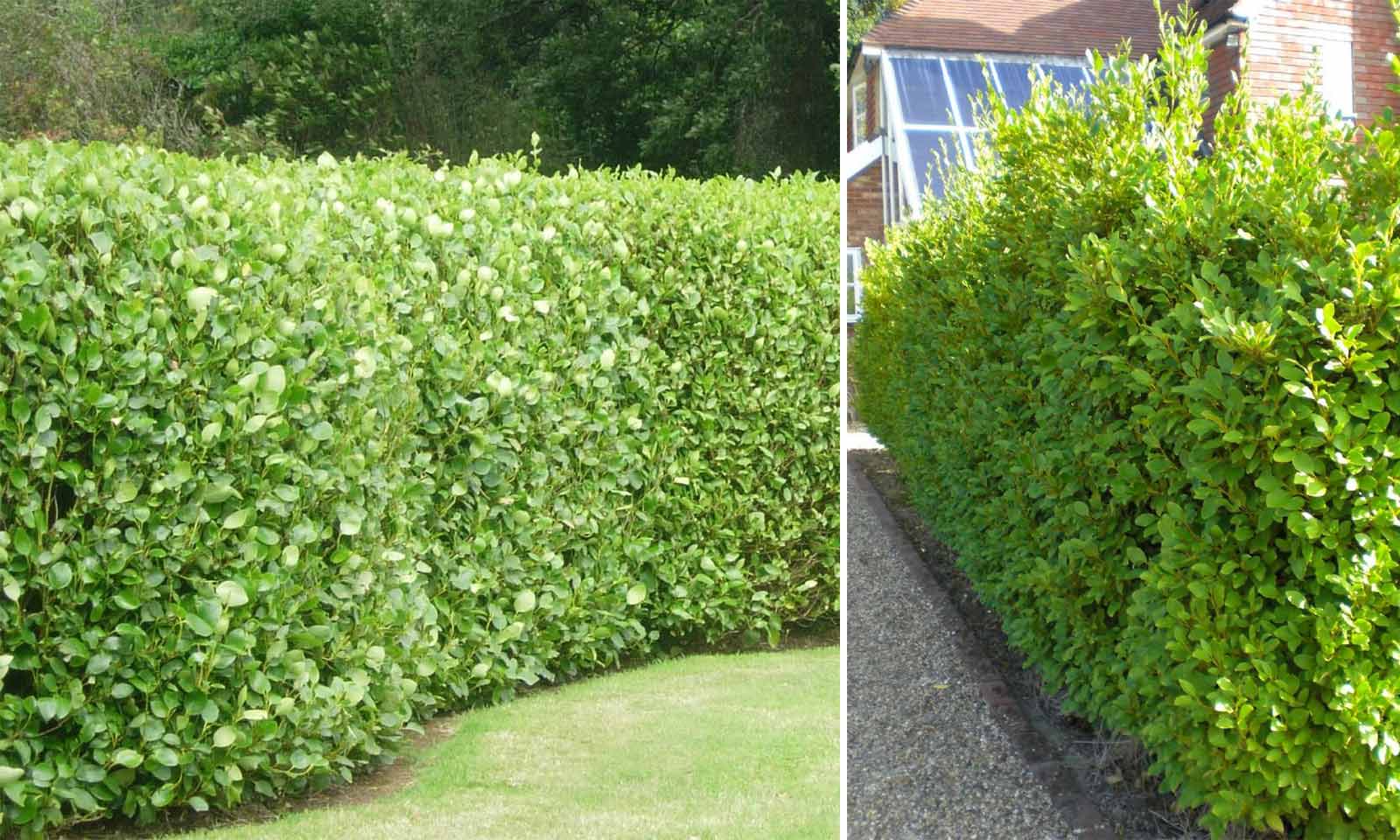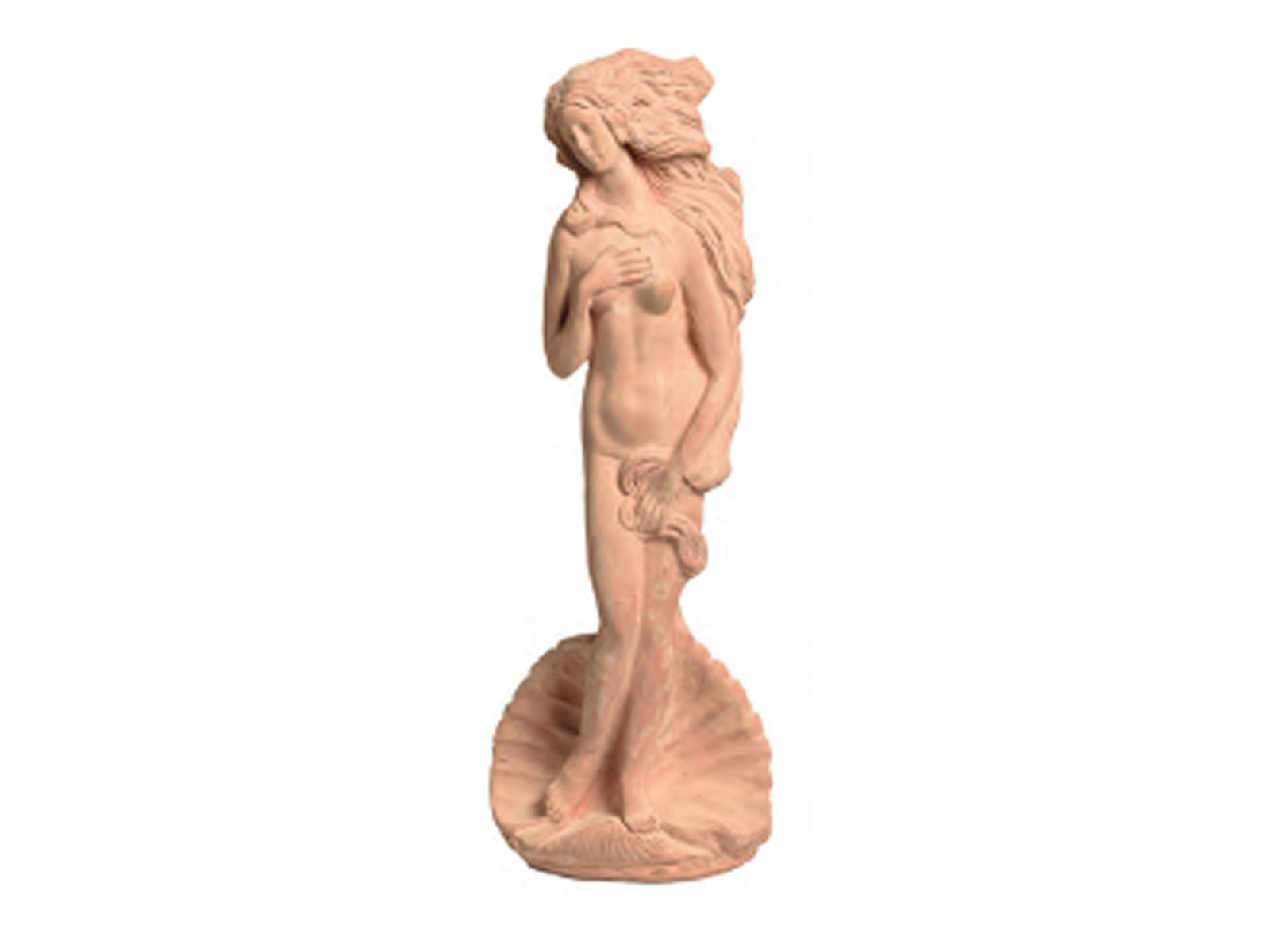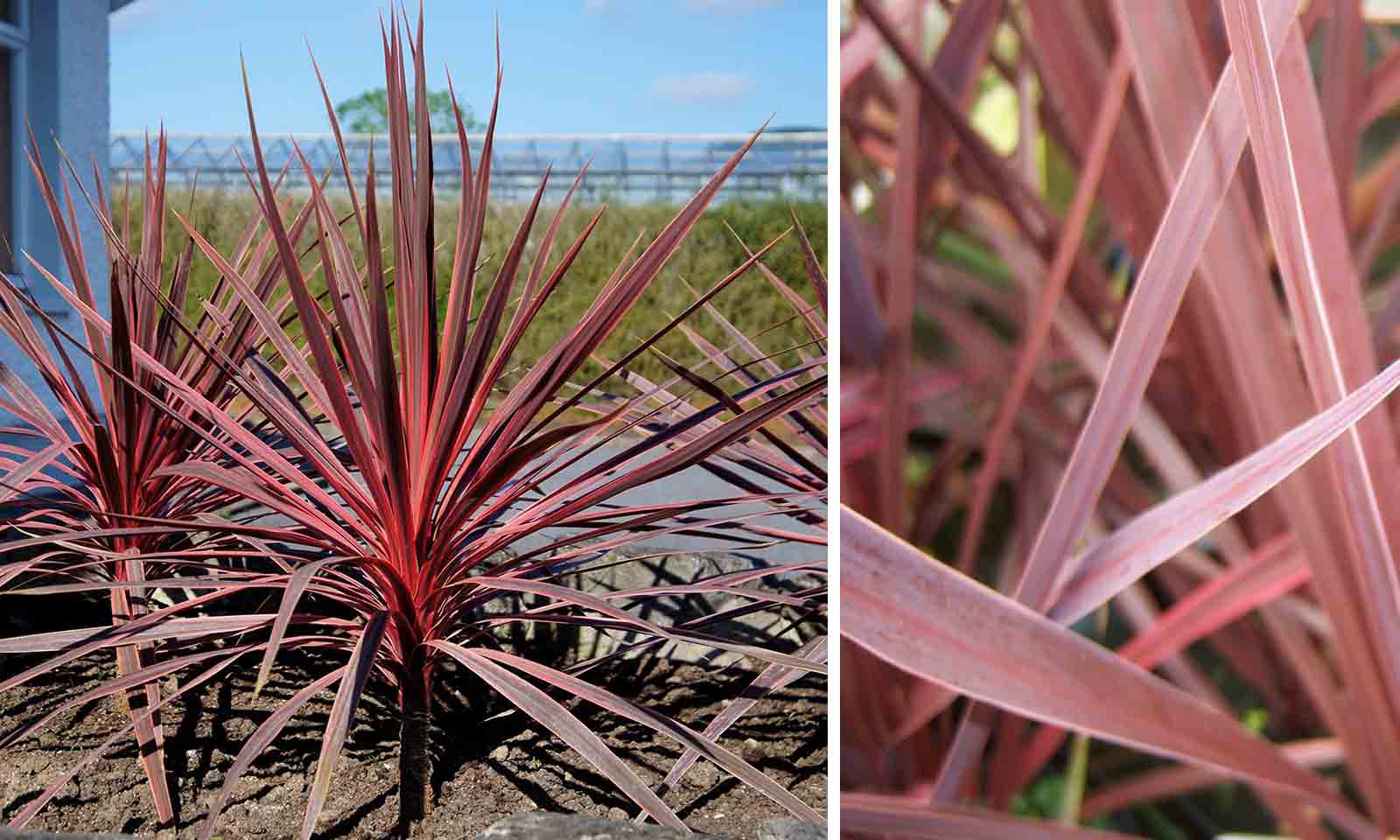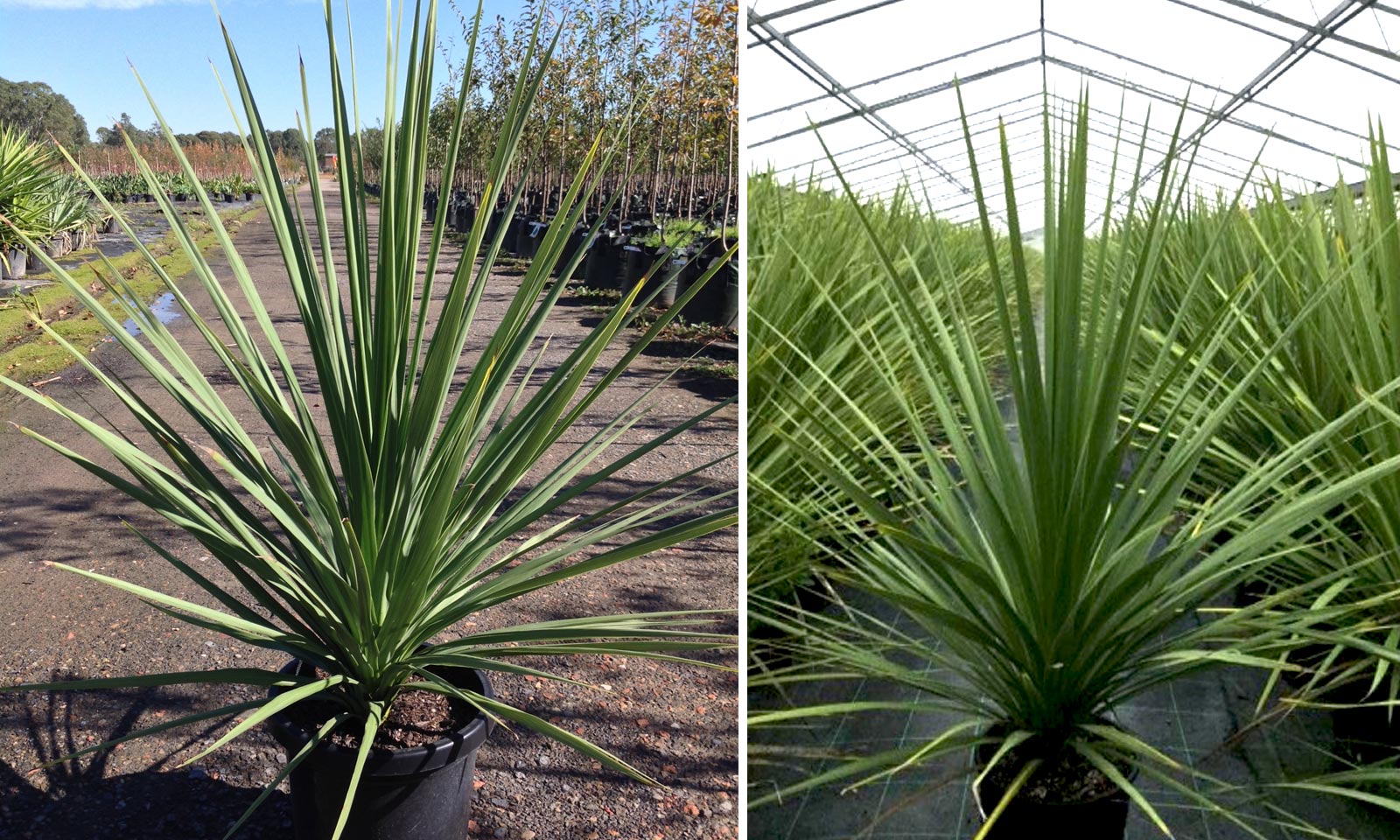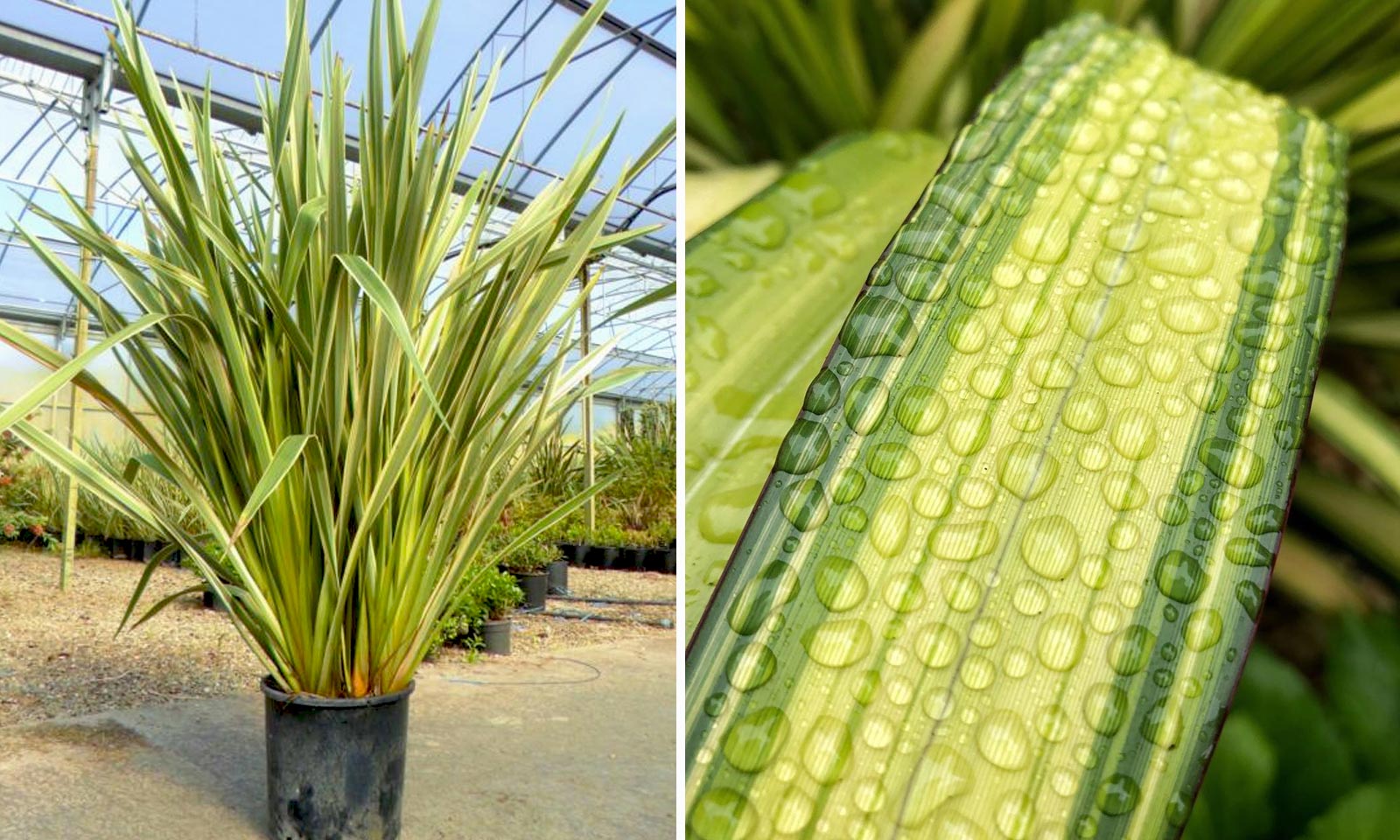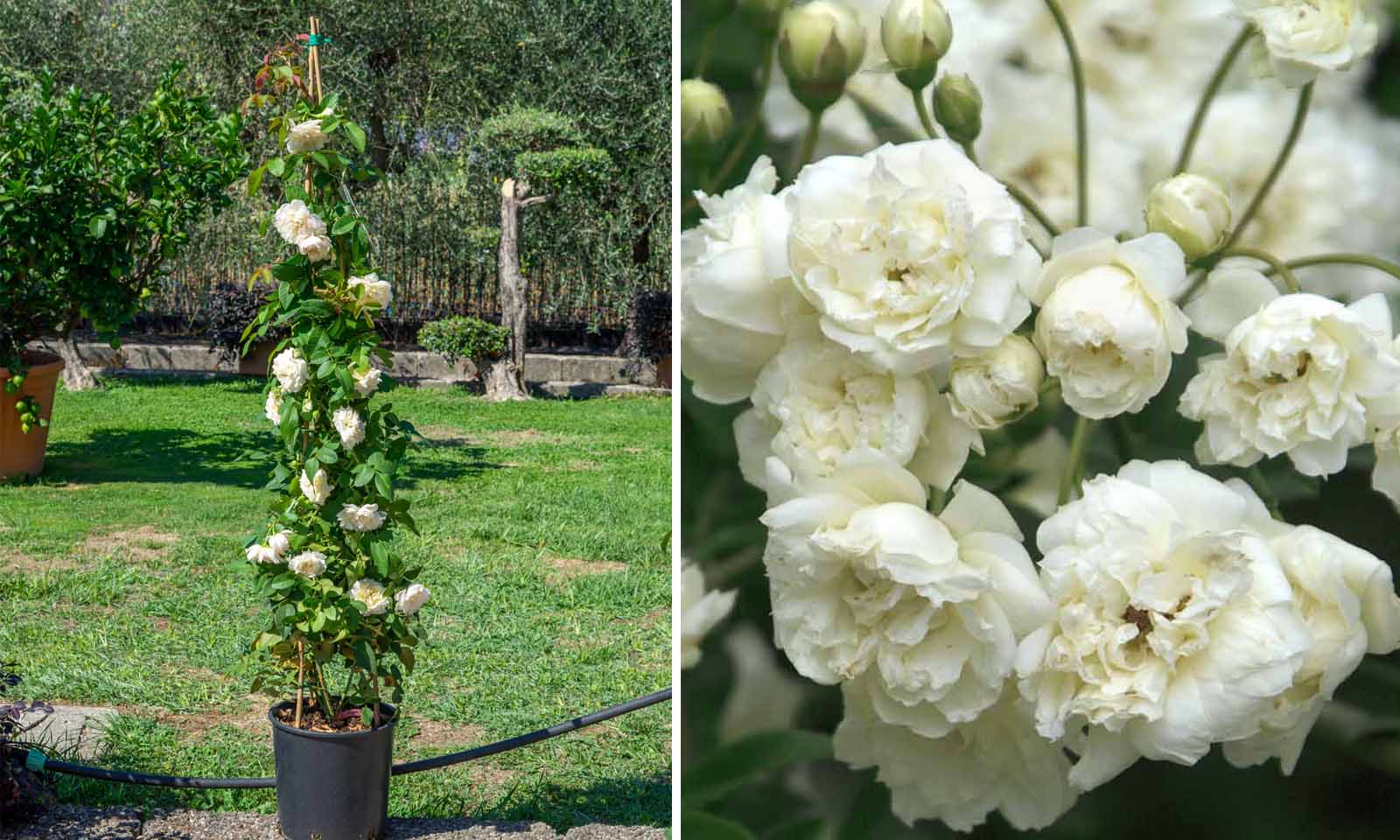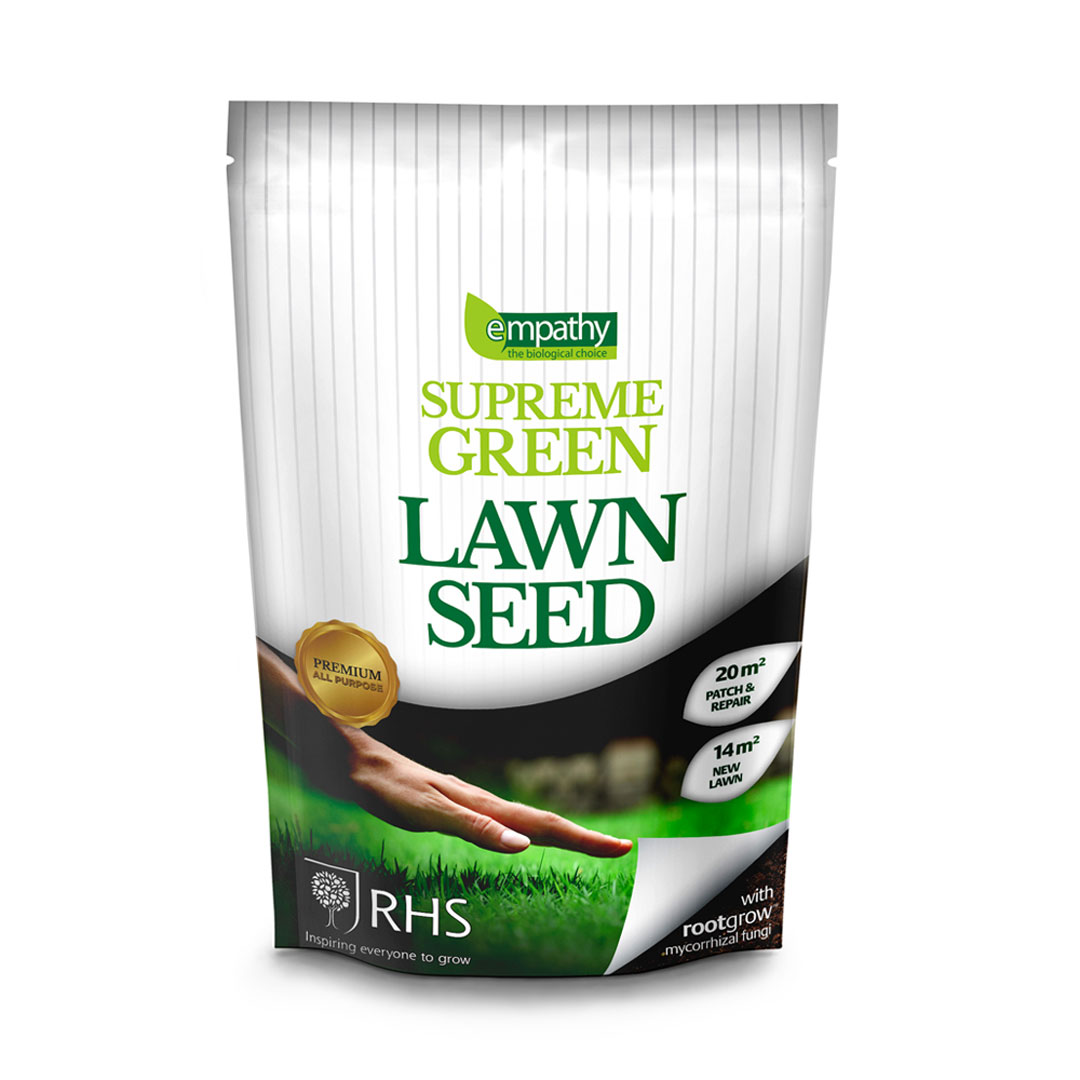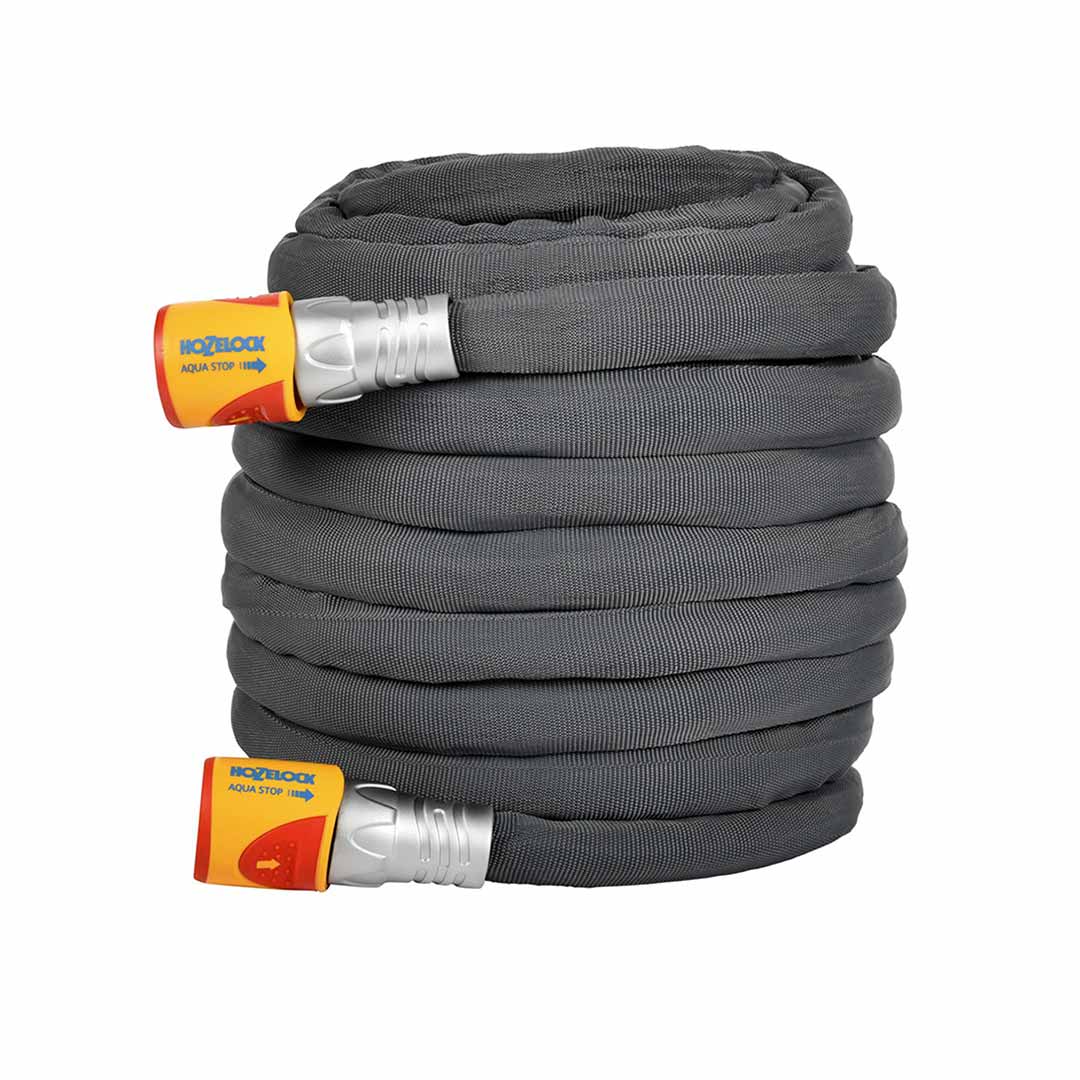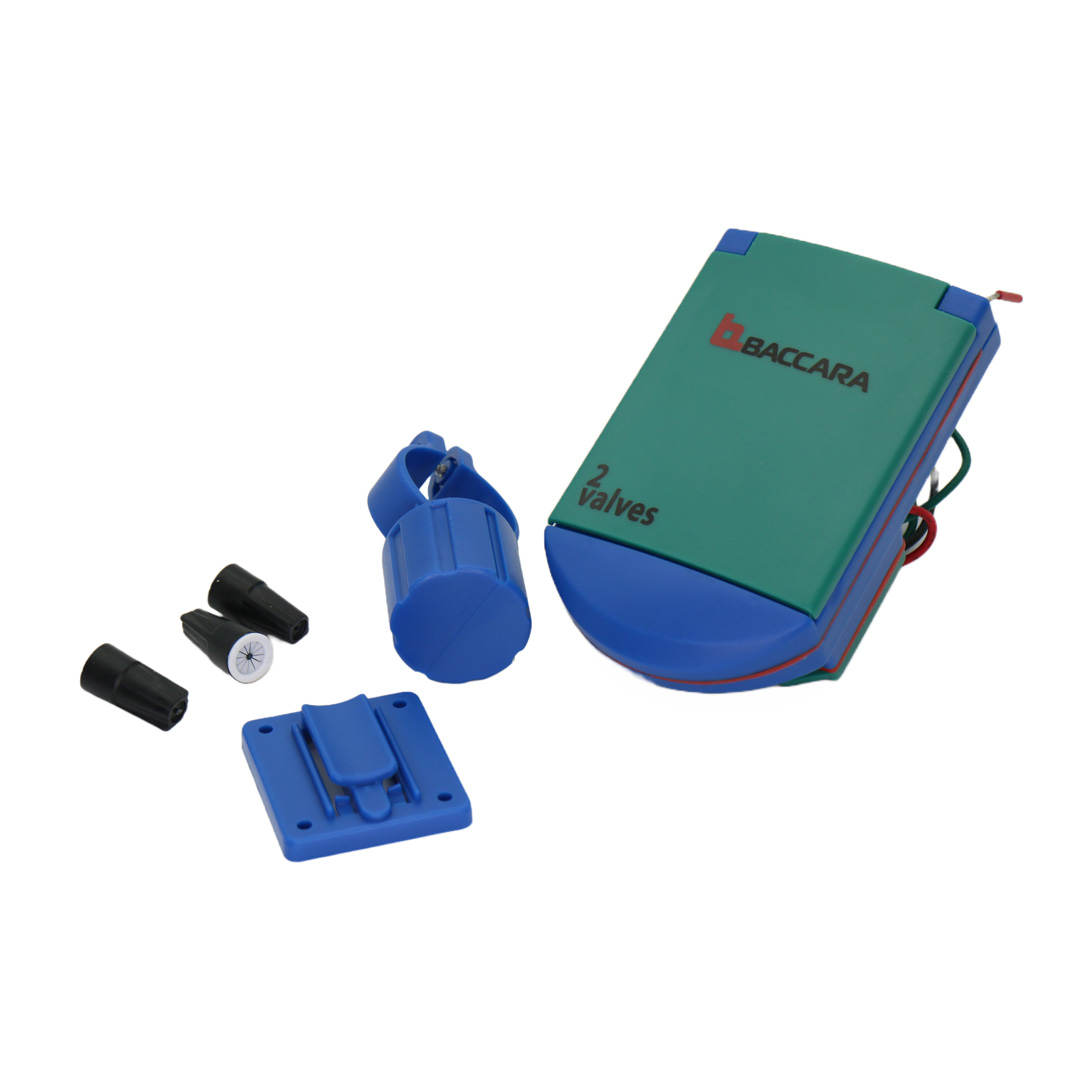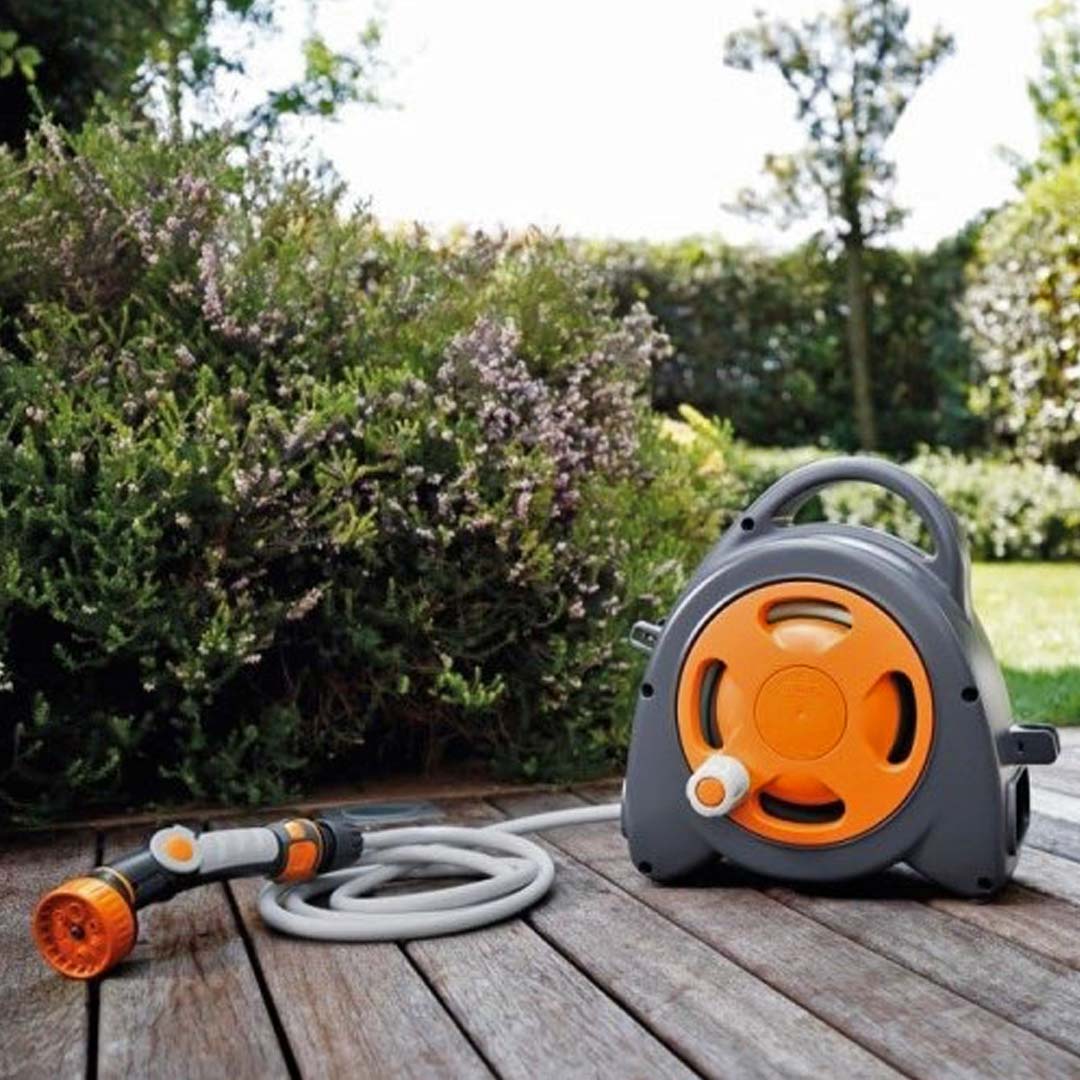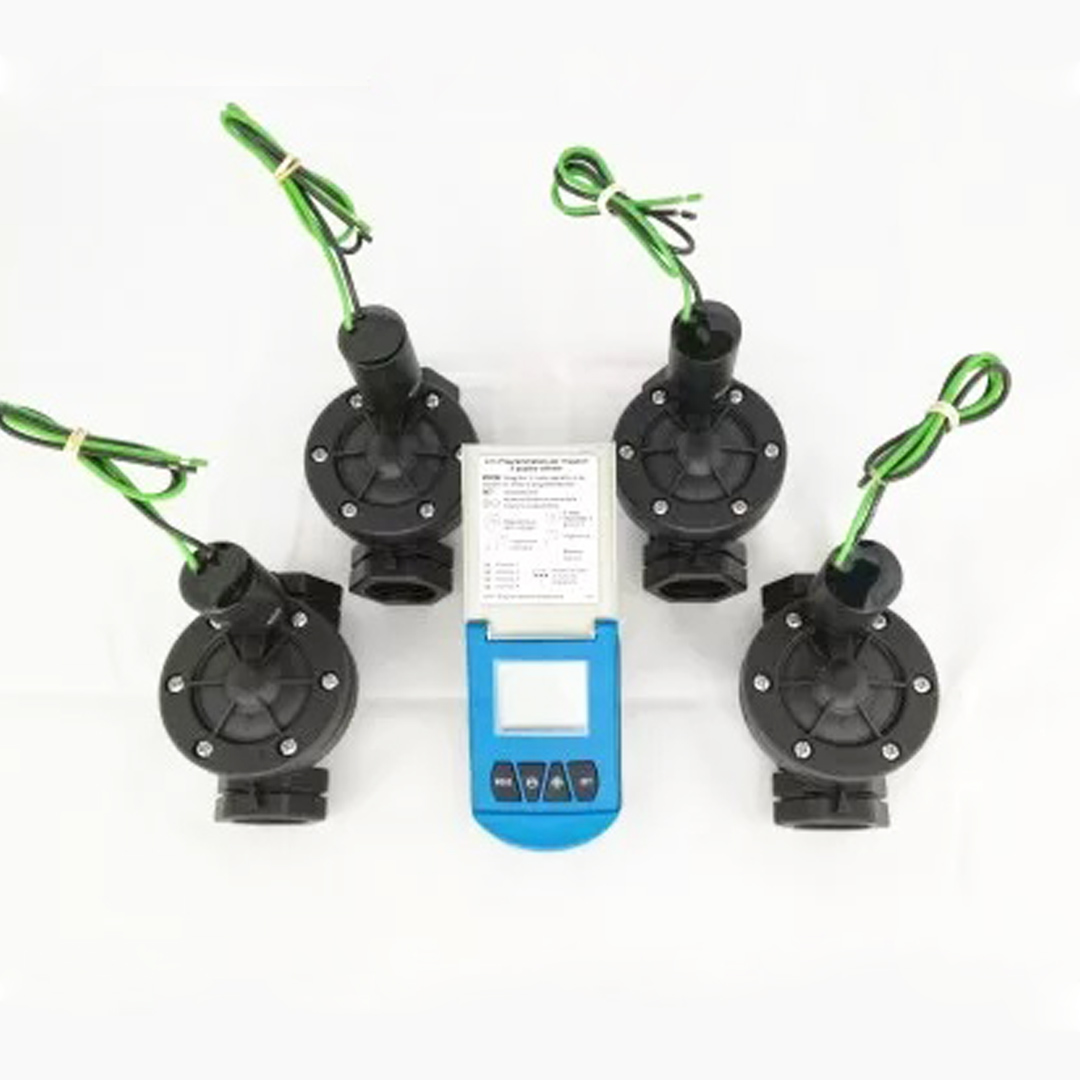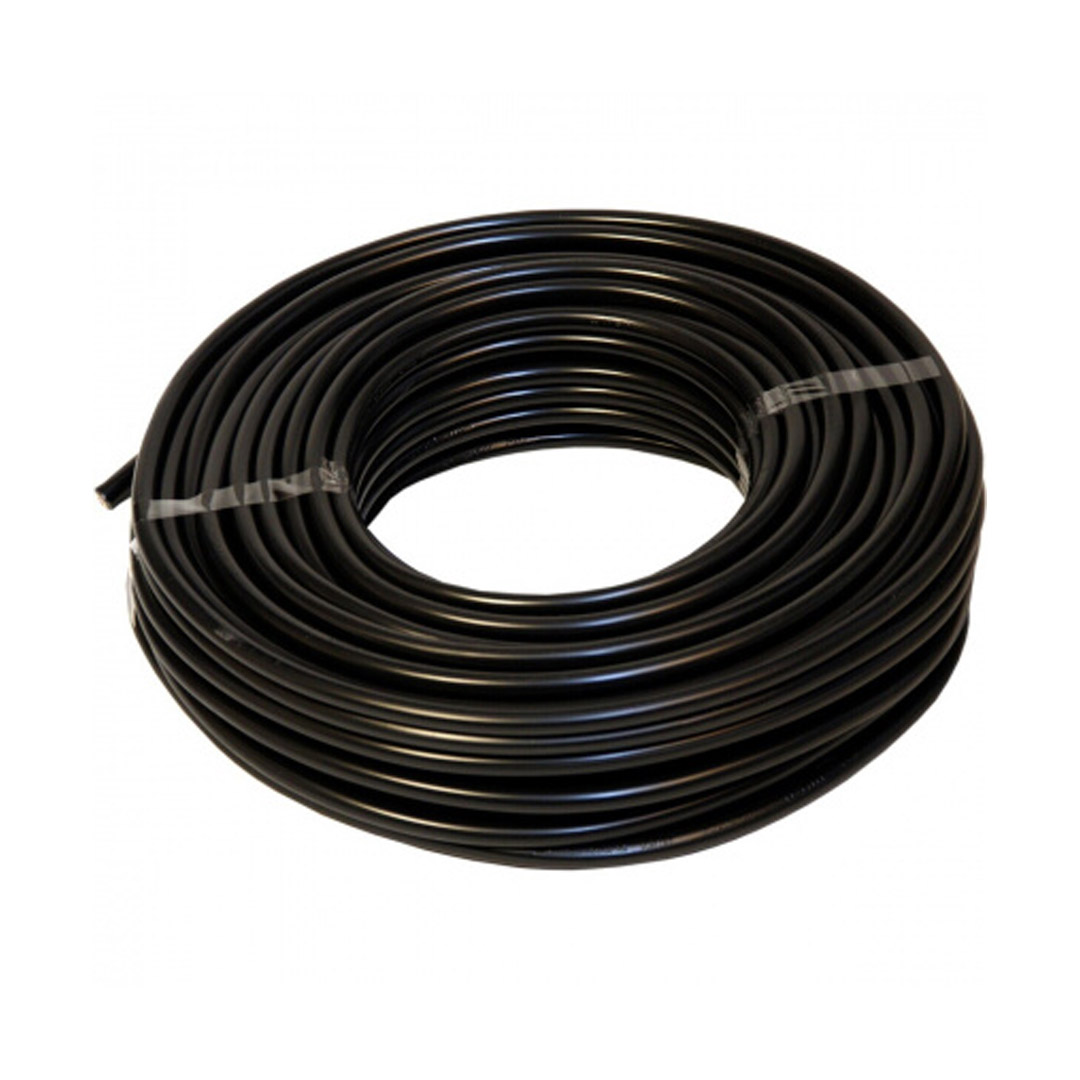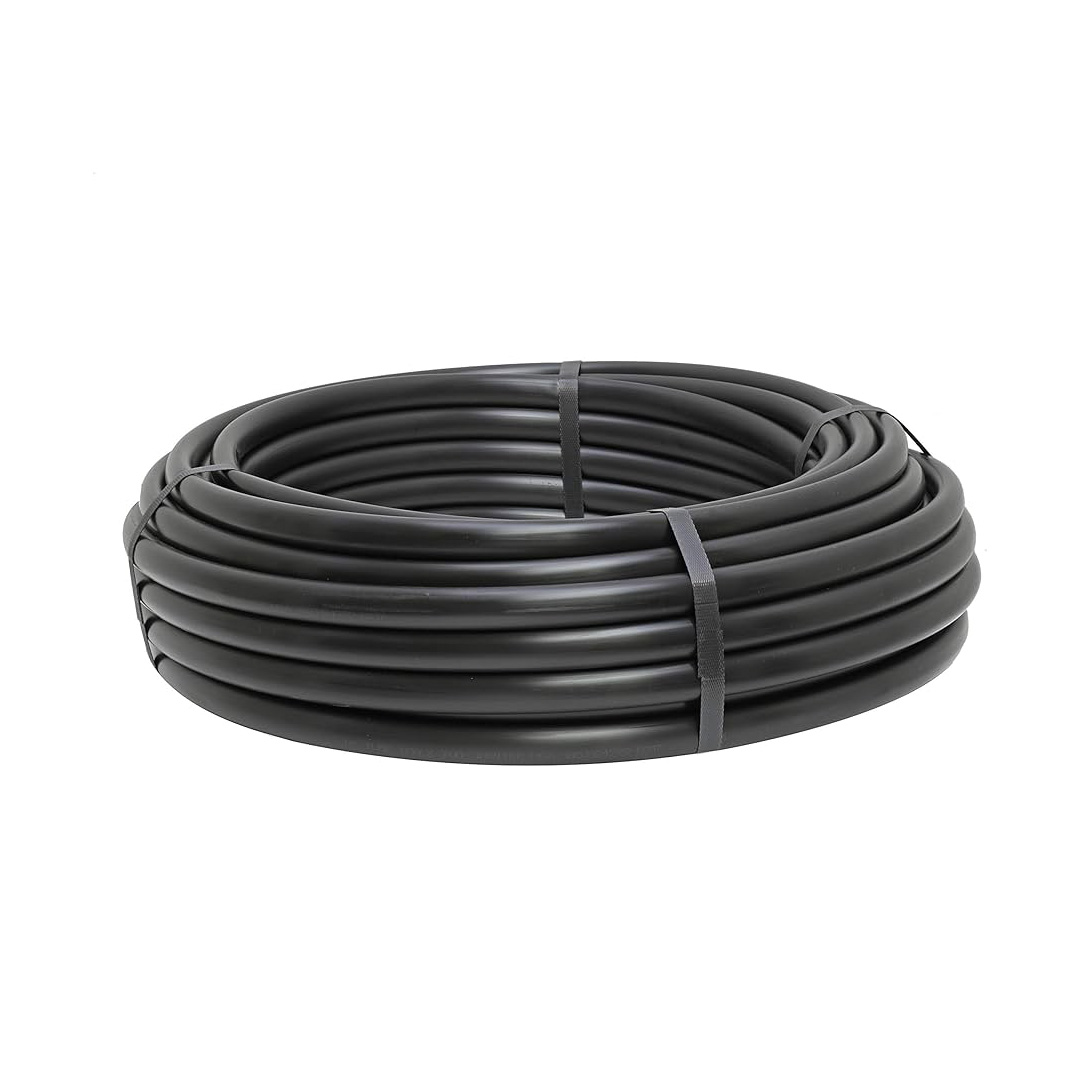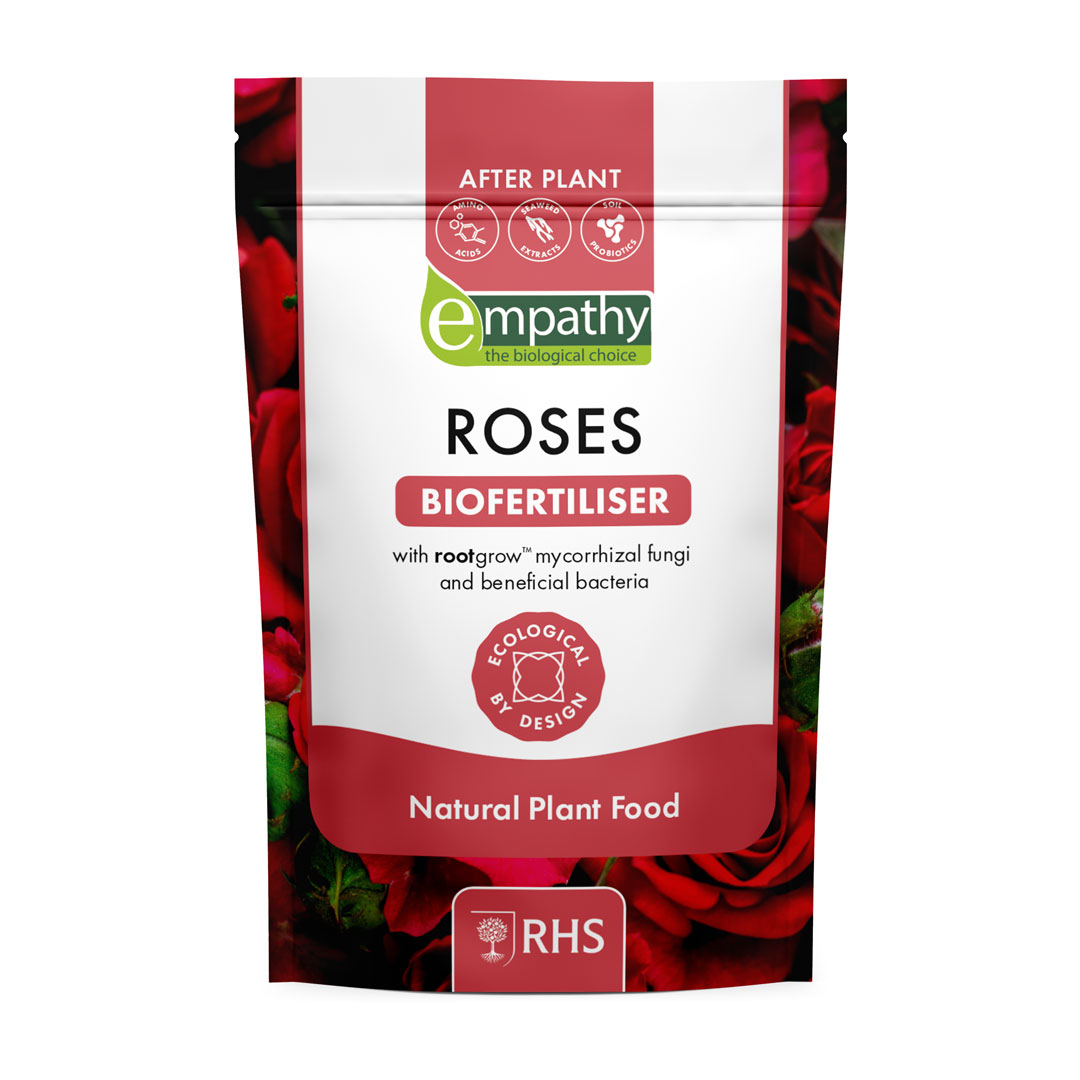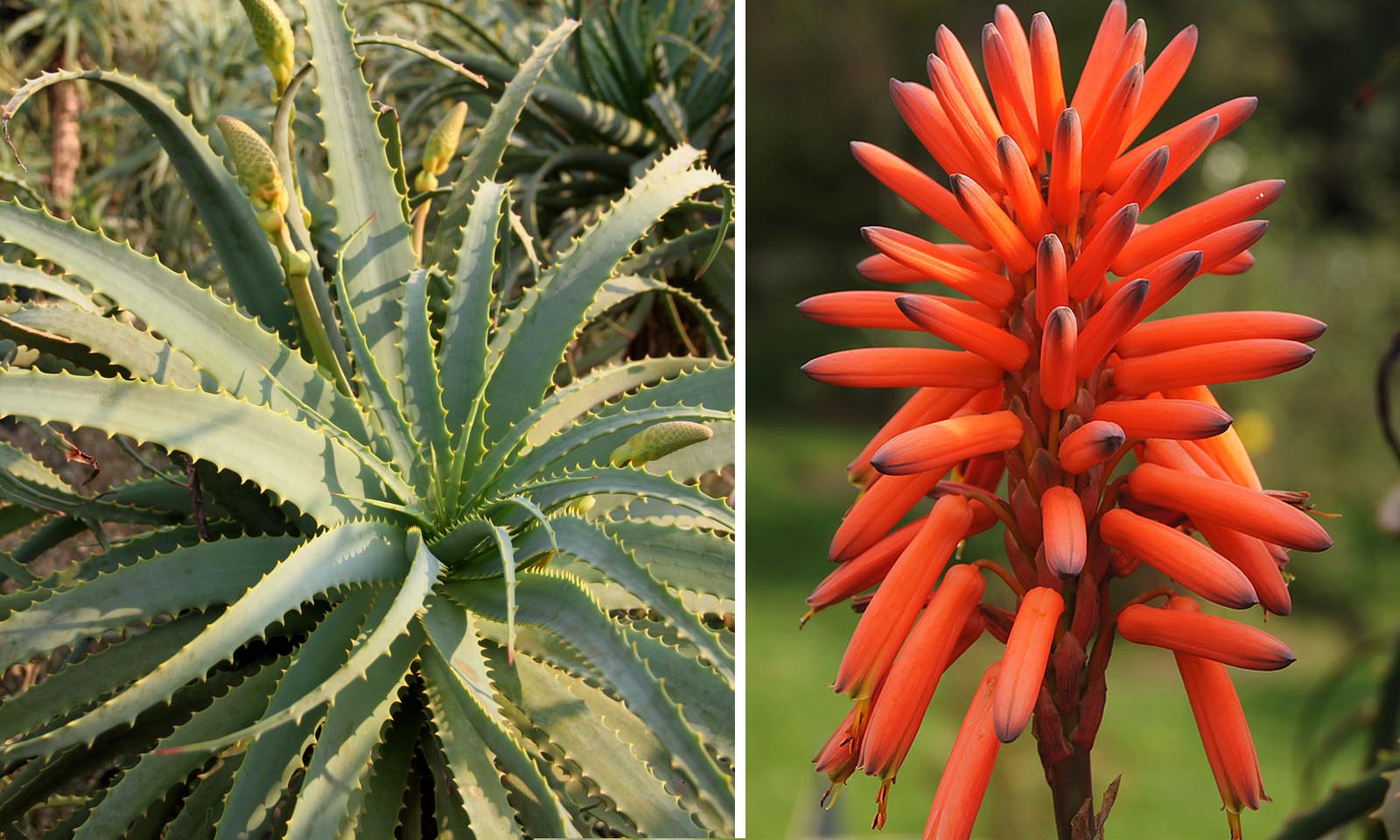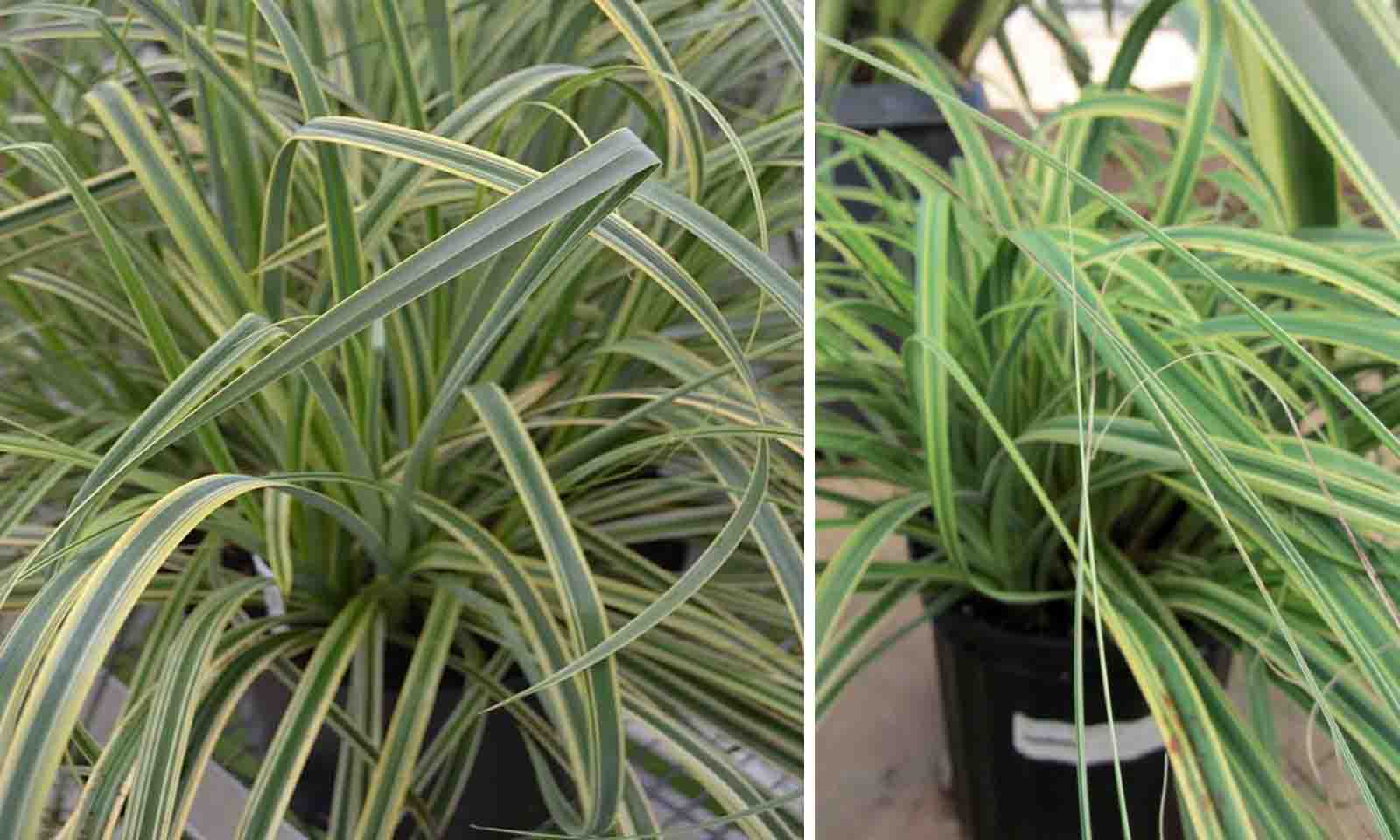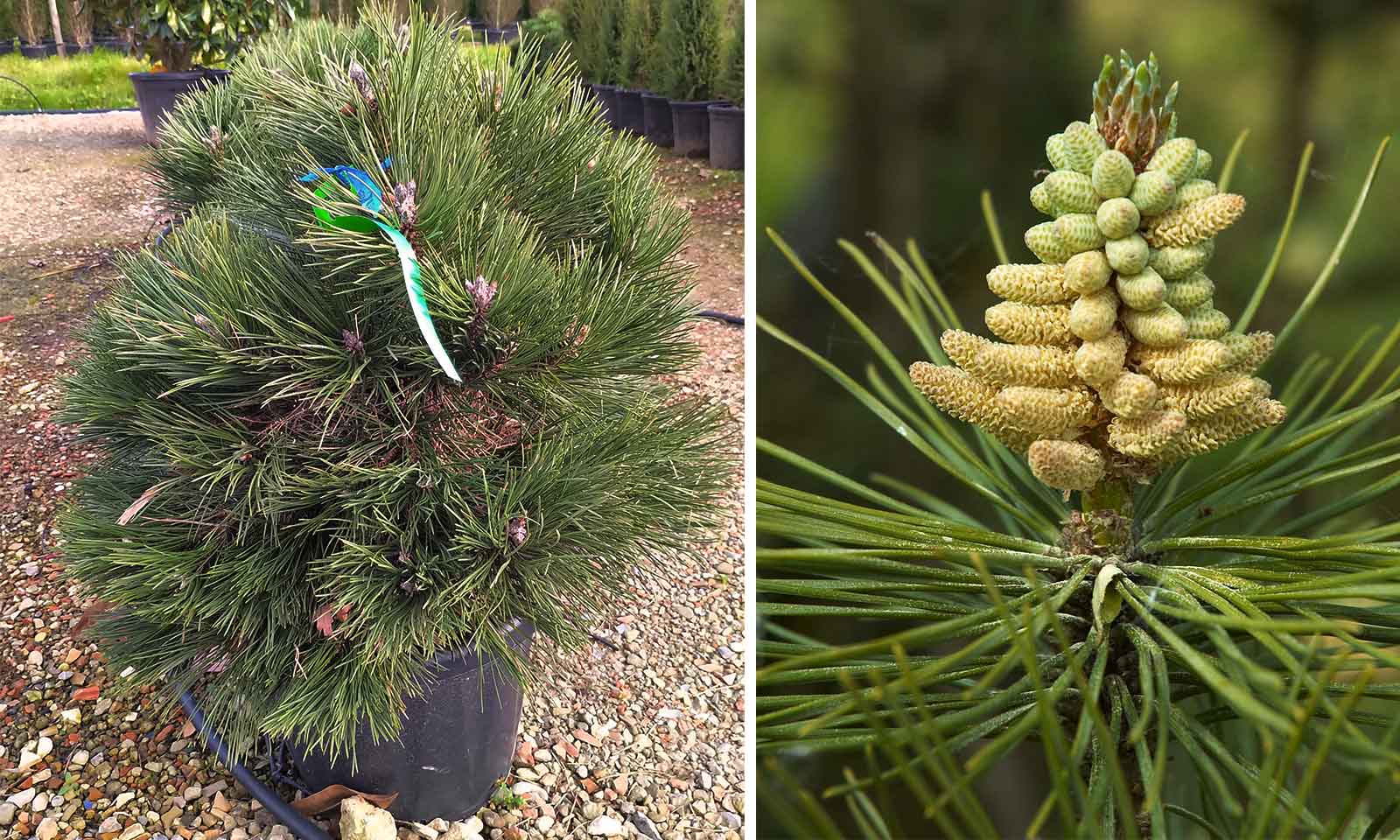GF Mini Hose Reel "AQUA BAG" 11.5m
GF "AQUA BAG" is the new mini version of the hose reel, usually used to irrigate plants, flowers and pots on terraces, balconies, verandas and small gardens and pots placed on terraces, balconies, verandas and small gardens
The mini hose reel "AQUA BAG", thanks to its double mode of use - it can be placed on the ground or transported - is extremely practical during use because it is compact, light and has a new attractive design, making moments in the open air even more pleasant.
Technical specifications GF Mini hose reel "AQUA BAG" 11,5 m
- AQUA BAG is equipped with an ergonomic "3 JET" variable flow lance.
- 2 SOFT TOUCH quick couplings.
- 11,5 m of braided and flexible hose (10 m internal rewindable +1,5 m external).
- 3/4" inlet and outlet tap socket of the Mini "AQUA BAG" hose reel, ideal for connection to any type of tap, even indoor (e.g.: laundry, kitchen, bathroom).
Click to download:
Technical data sheet GF Mini hose reel "AQUA BAG" 11,5 m
